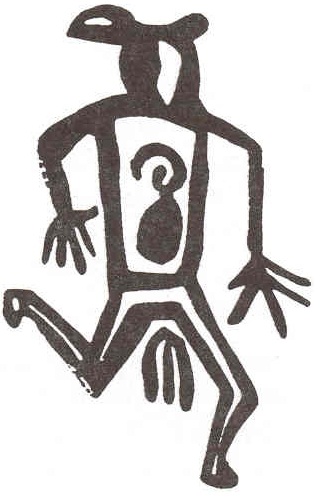


Rock art, known as petroglyphs, remain as the last pictorial evidence of the tribal lifestyles of Native Americans that ventured the wild frontier of the Saline River Valley. The vast amount of Dakota Sandstone boulders and cliffs in this historic region served as an ancestral drawing board to scratch, peck, and chisel their way of life.
These American Indian sketches have depicted materialistic ornaments, buffalo headdresses and feathers, and weapons of spears and bow and arrow. The petroglyphs show explicit detail to astronomy and god-like figures that influenced the warriors and chiefs to lead their people by defending invading tribes and harvesting wild game like bison, elk, and turkey. Most petroglyph locations were along wild game trails and water sources near springs. Occasionally their incisions depicted the times of fertility among females and exaggerated depictions of genitals among the males.
The Native Americans of this region made their first contact with Europeans in the 1500’s. The Spanish Conquistador’s explorations led by Coronado were depicted by Indian rock art by the introduction of decorated horse and mule into tribal lifestyle.
The timeline of petroglyphs left behind are the only remaining evidence of the romance of the story of nomadic mankind, American Indians, and the European immigrants to come. Some petroglyphs have stood the test of time, but most have become vandalized beyond recognition. Diamonds and gold are no comparison to the wealth of history they have created. Take only pictures, and leave only footprints!


